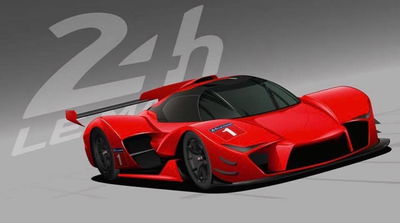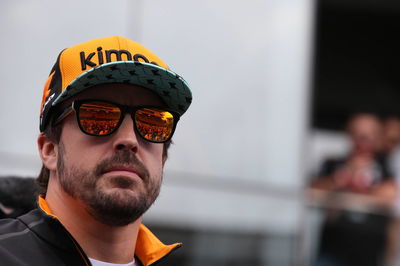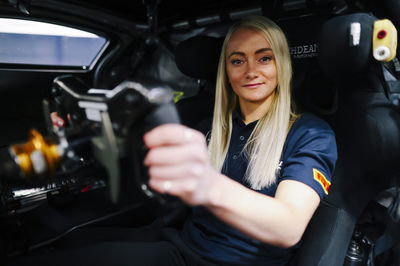FIA approves WEC Hypercar regulations for 2020
The FIA has approved the planned technical regulations for the World Endurance Championship's new Hypercar-led premier class from the start of the 2020-21 season.
Following the exit of Audi and Porsche from LMP1 over the past two years, officials from the FIA and the Automobile Club de l'Ouest who oversee the WEC have been pushing to shift to a more road-relevant top category in a bid to attract more manufacturers to the series.

The FIA has approved the planned technical regulations for the World Endurance Championship's new Hypercar-led premier class from the start of the 2020-21 season.
Following the exit of Audi and Porsche from LMP1 over the past two years, officials from the FIA and the Automobile Club de l'Ouest who oversee the WEC have been pushing to shift to a more road-relevant top category in a bid to attract more manufacturers to the series.
The planned regulations were outlined at the 24 Hours of Le Mans in June, with the finalised set of rules being published on Wednesday after being approved by the FIA World Motor Sport Council.
The new regulations retain the hybrid powertrains that have been used in WEC since 2012, albeit with far more modest budgets - a target of €20 million per season - and a commitment to making engines available to customer teams for €3m. The new cars will produce 708 BHP, and will be slightly larger than the current LMP1 cars.
The class is still yet to receive a name, with a fan vote set to take place over the winter before being finalised early next year.
You can see the full technical regulations for the 2020-21 WEC season here.
In other changes planned for the more immediate future, the WEC confirmed it will introduce success ballast for the GTE-Am class from the 2019-20 season, as well as reverting to a ban on permitting tyre changes while refuelling, having allowed the practice for the 18-19 campaign.
The FIA also confirmed a new sliding points structure would be used for the varying race lengths from 2019 following the addition of four- and eight-hour races to the schedule.











